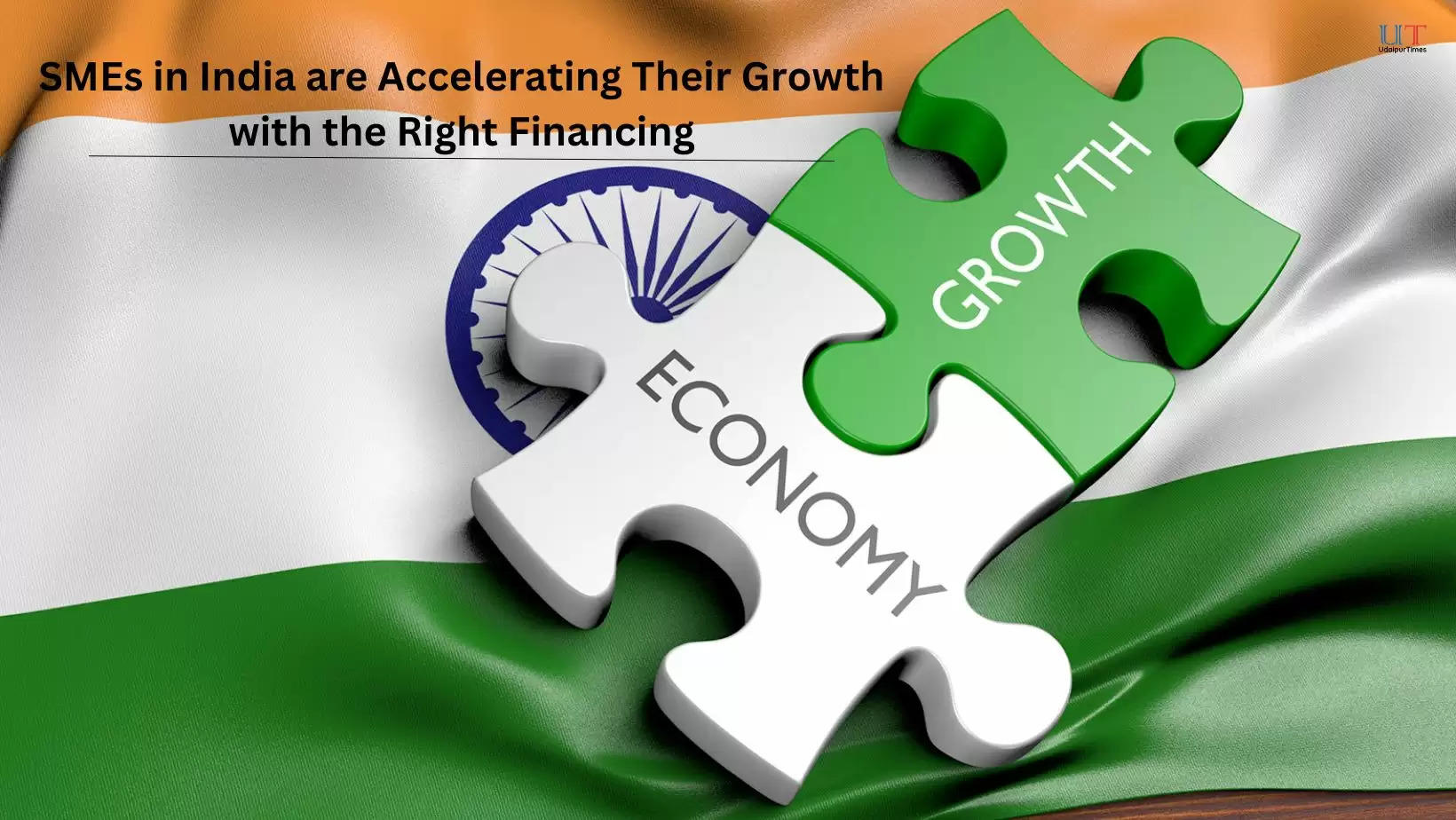How SMEs in India are Accelerating Their Growth with the Right Financing?
Small and medium-sized enterprises (SMEs) are known to be the backbone of India's economy as they contribute significantly to the country's Gross Domestic Product (GDP). These businesses are essential in providing job opportunities and fostering economic growth in the country.
Despite their enormous economic contribution, SMEs in India suffer several obstacles. Those obstacles include limited access to financing, high-interest rates, cumbersome loan application processes, and limited collateral possibilities.
Challenges Faced by SMEs in India
Lack of funding is the biggest issue for an SME in India. It can be challenging for SMEs to get the financing they need to grow their businesses. This is because the loan application process could be more convenient and time-consuming. An SME in India also commonly pays high-interest rates. This makes loan repayment difficult and lessens profitability.
Furthermore, collateral options for SMEs in India are limited. This makes it difficult to obtain loans from conventional banking institutions. It puts the owner's assets at risk. Because of this, SMEs usually rely on personal guarantees or collateral.
Another problem an SME in India confronts is the complicated loan application process. Multiple documents and hefty paperwork revolve around the procedure, which can be stressful for small business owners with few resources. These difficulties frequently result in loan approval delays and missed business chances.
Types of Financing Available for SMEs
A well-thought-out financing plan can aid SMEs in accelerating their growth and achieving their objectives. An SME in India can explore different financing options that meet their business needs to overcome the challenges of limited credit access. These options include debt and equity financing.
- Debt Financing: Debt financing entails borrowing money from lenders with an agreement to return the borrowed amount over time with interest. Banks and NBFCs are the primary sources of debt financing for an SME in India. The government also offers several schemes and initiatives that SMEs can benefit from. One example is Pradhan Mantri Mudra Yojana, which gives micro and small enterprises loans.
- Equity Financing: Equity financing is about obtaining money by giving investors a stake in the company in exchange for money. Equity finance can provide SMEs with the money they need to support their company growth without increasing their debt load. In India, venture capitalists and angel investors are SMEs’ main equity financing sources.
Importance of Choosing the Right Financing Option
For SMEs, picking the best SME finance solution is crucial and should be based on their unique business needs. Before selecting a financing option, SMEs should consider the interest rates, repayment terms, available options for collateral, and the effect on equity. Here is how an SME can choose the right financing option:
- Matching financing needs with business requirements: SMES must select the SME finance option that most closely matches their needs for working capital, payback terms, and interest rates.
- Considering interest rates and repayment terms: SMEs must consider the interest rates and repayment terms of their funding options. This will enable them to ensure they can make loan payments without endangering their business.
- Evaluating collateral options: SMEs must weigh their diverse options for collateral and select the one that best suits their company's needs.
- Assessing the impact on equity: SMEs must consider how equity funding may affect their company, including the possibility of losing control and decision-making authority.
The Future of SMEs in India
Despite the difficulties SMEs in India endure, these companies have a bright future. India recognises the significance of SMEs in fostering economic growth. The Indian government has implemented several initiatives to encourage the development of SMEs. Initiatives by the government, such as Make in India and Start-up India programs, have promoted entrepreneurship and accelerated the expansion of SMEs nationwide.
Additionally, an SME in India now has more opportunities because of the rise of digitalization. Thanks to the increasing accessibility of digital platforms and technologies, small businesses may now reach a wider audience and operate more efficiently. Adopting digital technologies has also enabled SMEs to improve productivity, reduce expenses, and streamline operations.
Furthermore, the rise of alternative financing methods like peer-to-peer lending and crowdfunding has led to SMEs in India having more approachable and adaptable SME finance options. Small firms can now access capital without restrictions of conventional loan procedures because of the disruption caused by alternative financing sources.
Conclusion
In conclusion, SMEs in India are crucial to the nation's economic development. But they encounter several obstacles while trying to find the best financing solutions for their companies. However, SMEs can overcome these obstacles and quicken their growth. This will allow them to accomplish company objectives with the correct direction and assistance.
HDFC Bank offers financing choices for SMEs in India, giving specialised solutions to meet small businesses' unique requirements. You can easily apply for working capital loans or business loans or get services for your banking needs. If you are looking forward to expanding your business, remittance services, or such, you can rely upon HDFC Bank. Connect with them today!To join us on Facebook Click Here and Subscribe to UdaipurTimes Broadcast channels on GoogleNews | Telegram | Signal



